Piling pipes and H-type piles are two different types of pile foundations, which differ significantly in materials, structures, and application scenarios. Piling pipes usually refer to precast concrete piles, while H-type piles are steel structure piles.
Pile pipe refers to a pile foundation composed of steel pipe, tongue and groove, tongue and groove pin, etc., which is mainly used for water, soil, sand and other projects. The left end of the steel pipe pile is connected to the tongue and groove, and the right end is connected to the tongue and groove pin. The two are connected through the tongue and groove to achieve the connection between the piles. It has the advantages of novel design, simple structure, convenient use, easy overlap, and good sealing.
Piling pipes are typically manufactured from high-strength steel and feature a circular hollow cross-section. They are available in two main types based on manufacturing methods: spiral welded (SSAW) and longitudinal welded (LSAW). SSAW pipes are favored in many projects due to their improved stiffness and manufacturing efficiency.
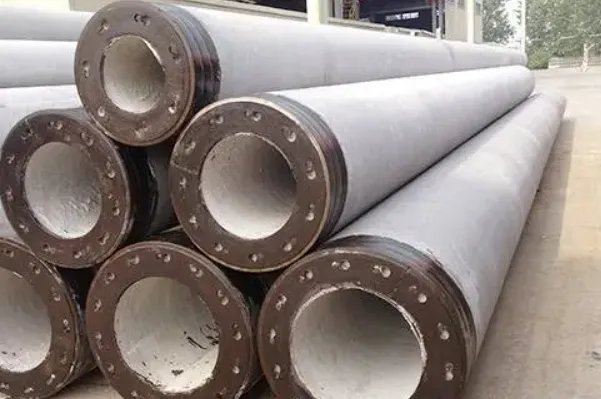
What is an H Beam (H Pile)?
H-beams, or H-piles, are structural steel beams with an H-shaped cross-section. They are widely used in pile foundations, especially for driven pile systems. Made from hot-rolled structural steel, H-beams are known for:
High strength-to-weight ratio
Easy driving into soil
Excellent performance in dense or rocky soils
Differences: Piling Pipe vs H Beam
1.Differences in materials and structural characteristics
Piling Pipe:Made from high-strength steel, piling pipes have a circular cross-section, offering balanced strength and torsional resistance. Commonly produced as SSAW or LSAW, they suit varied applications from buildings to marine use.
H-Piles (H-Beams):H-piles feature an H-shaped profile, strong in one bending direction, but weaker in torsion. Typically made from Q355B steel, they are widely used for vertical load support.
2.Structural Efficiency Comparison
Piling pipes, with their circular closed-section, distribute material far from the centroid, resulting in high moment of inertia and excellent resistance to bending and torsion. Material utilization is highly efficient.
H-piles, on the other hand, concentrate material in the flanges. While highly effective against bending in a single plane, they offer limited resistance to torsion due to their open cross-section.
|
Attribute
|
Steel Pipe Piles
|
H-Beam Piles
|
|
Cross-Section Shape
|
Circular hollow
|
H-shaped open section
|
|
Manufacturing Process
|
Spiral/Longitudinal/Seamless welding
|
Hot rolling / Welding
|
|
Size Range
|
Diameter 203–1219 mm, wall thickness 2.8–63.5 mm
|
Height 100–400 mm, flange thickness 6–20 mm
|
|
Material Efficiency
|
High, evenly distributed
|
Medium, material concentrated in flanges
|
|
Isotropy
|
Yes, same performance in all directions
|
No, directional performance
|
|
Torsional Resistance
|
Excellent
|
Poor
|
|
Corrosion Protection
|
Moderate, effective with protective measures
|
Low, corners prone to corrosion
|
Conclusion
Both piling pipe and H-piles play essential roles in modern construction. Piling pipes are ideal for large-scale, long-lasting, and harsh-environment projects, offering superior structural performance and durability. H-piles, on the other hand, provide efficient and economical solutions for moderate-load projects, especially where fast installation and limited site access are priorities.
Choosing the right pile type requires a balanced consideration of structural requirements, soil conditions, environmental exposure, and economic constraints. By understanding the fundamental differences and applications of these two piling systems, engineers and contractors can make informed decisions that ensure both performance and cost-effectiveness in their projects.






 English
English Español
Español بالعربية
بالعربية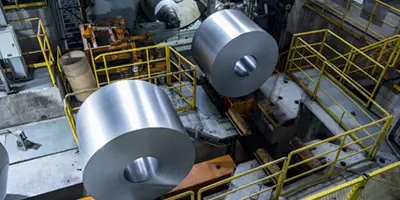

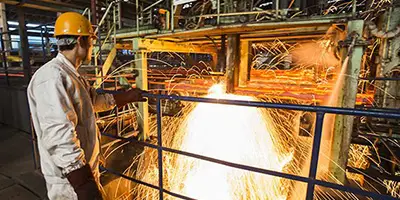
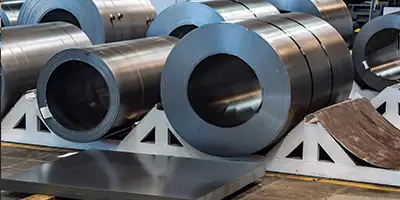

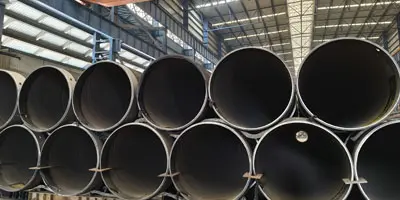
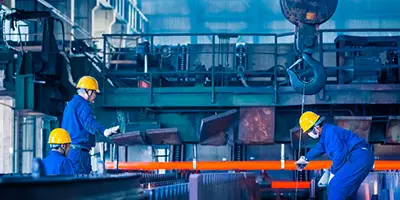
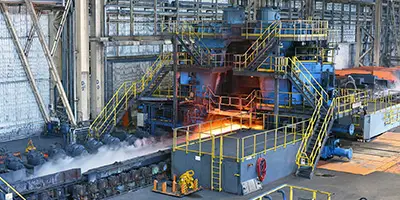
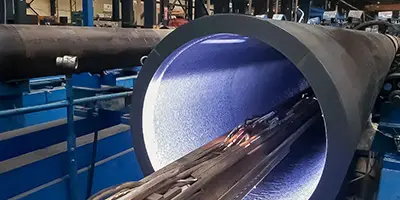
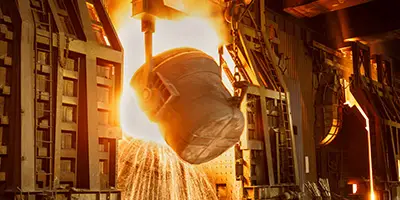


 Phone :
Phone :  Whatsapp :
Whatsapp :  Email :
Email : 


